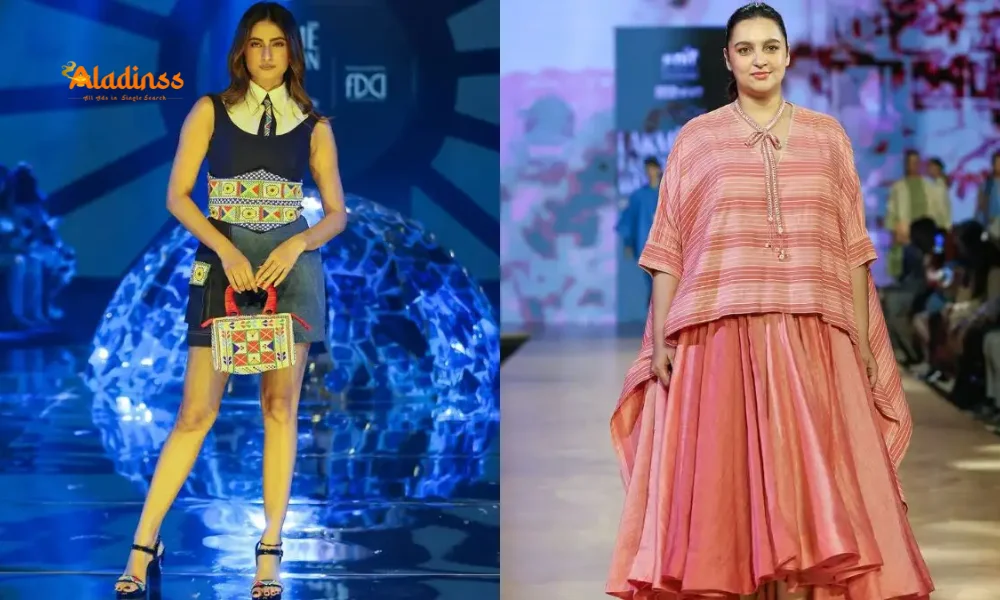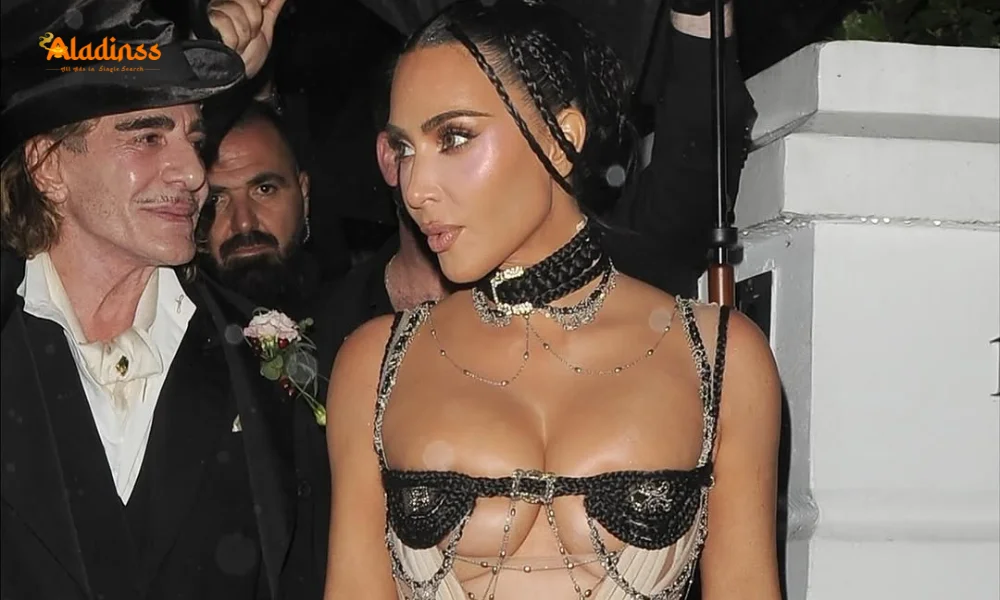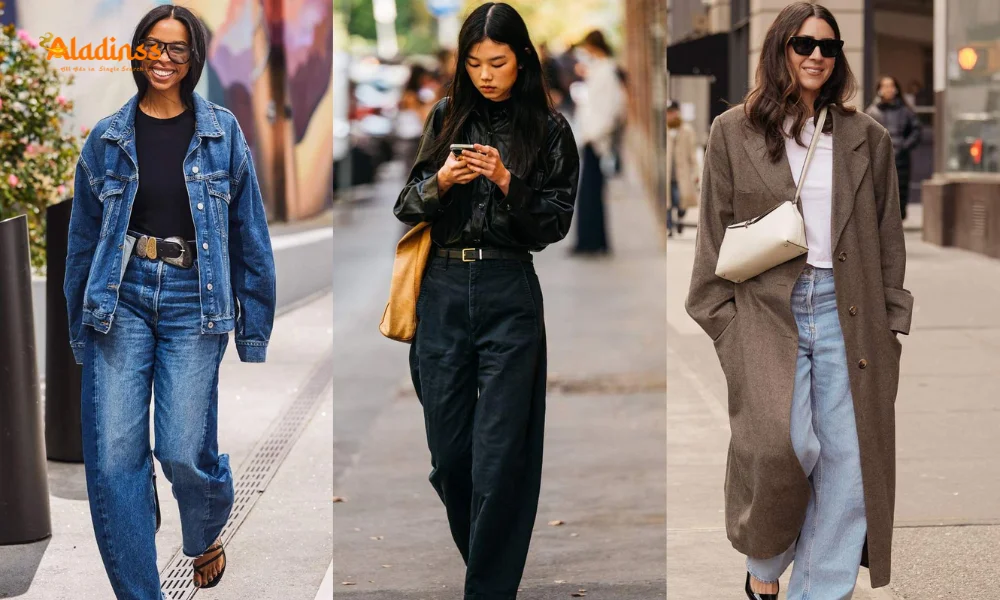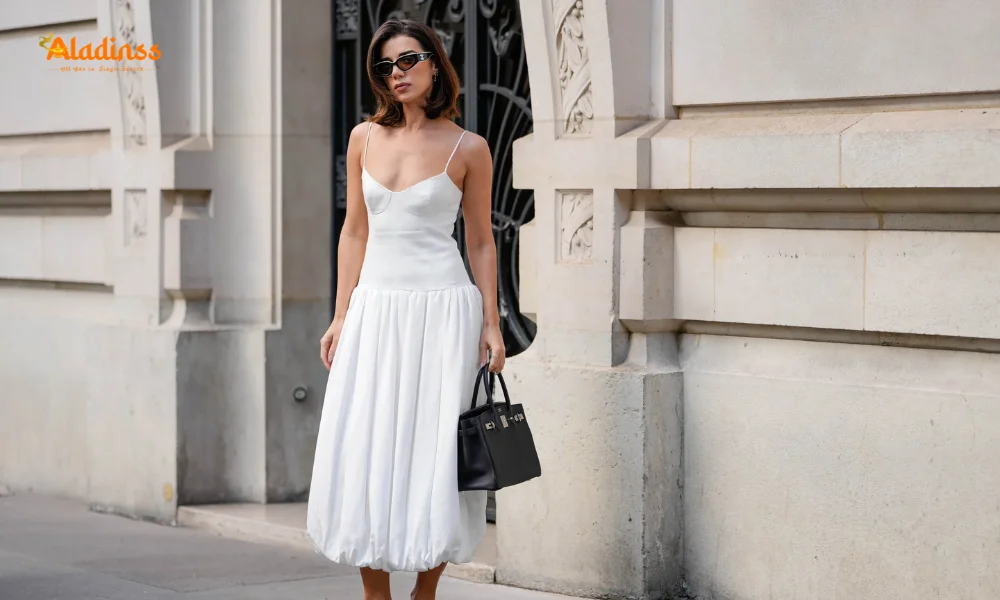Lakme Fashion Week Honors Indian Crafts

Lakme Fashion Week X FDCI Opening Show: A Tribute to Indian Craftsmanship
The Lakme Fashion Week opening show in collaboration with FDCI has once again spotlighted the rich tapestry of Indian craft fashion, blending timeless weaves with contemporary flair. Held at The Kunj in New Delhi on October 9, 2025, this event marked a poetic homage to artisanal legacies, featuring designers like Anavila Misra and Gaurav Jai Gupta of Akaaro, alongside a curated edit from The Kunj. As Indian fashion trends 2025 lean toward sustainability and heritage revival, the show opened with soulful sufiana qalams by singer Deveshi Sahgal, setting an ethereal tone for a runway that wove stories of tradition into modern narratives.
In an era where global eyes turn to ethical luxury, this Lakme Fashion Week X FDCI edition underscores the resurgence of handcrafted elements, from intricate embroideries to innovative drapes. Attendees were transported through a sensory journey, where linen met satin and khadi danced under lights, embodying the essence of Indian weaves collection. Such platforms not only elevate designers but also empower weavers and artisans, fostering a dialogue on preserving cultural threads amid fast fashion's dominance.
The Venue and Atmosphere: The Kunj as a Canvas for Heritage
Nestled in the heart of New Delhi, The Kunj served as more than a venue-it was a living archive of Indian artisanal heritage. This space, dedicated to celebrating crafts, provided an intimate backdrop that amplified the collections' narratives. As guests settled in, Deveshi Sahgal's rendition of sufiana qalams filled the air with mystical notes, evoking the spiritual depth of Indian textiles. This fusion of music and fashion highlighted how FDCI fashion shows are evolving into immersive experiences, drawing parallels between sonic and sartorial poetry.
The choice of The Kunj aligns with broader sustainable Indian fashion movements, where venues prioritize eco-friendly setups and local sourcing. In 2025, such intentionality is key, as audiences seek authenticity over spectacle, making events like this a benchmark for mindful extravagance.
Anavila Misra's Sarmast: Poetry in Linen and Applique
Anavila Misra's Anavila Misra collection titled Sarmast-meaning "poetically intoxicated"-unfurled like a dream sequence, showcasing handwoven linen sarees adorned with appliqued satin and meticulous hand embroidery. Each piece whispered tales of introspection, with corsets, jackets, and statement blouses reimagining the saree for the modern woman. Misra, a pioneer in linen loyalism, drew from her roots in sustainable design, infusing the runway with ethereal silhouettes that balanced fluidity and structure.
This collection resonates with handloom saree trends, where lightweight fabrics meet bold accents, appealing to those embracing slow fashion. Models glided in draped elegance, their movements echoing the qawwali's rhythm, proving how Anavila's vision bridges ancient crafts with wearable art. As per industry insights, such innovations are driving a 25% uptick in demand for artisanal linen pieces this season.
- Handwoven linen bases for breathable luxury.
- Applique satin details for textural depth.
- Embroidered motifs inspired by poetic Sufi themes.
- Contemporary styling with corsets and jackets.
- Sustainable sourcing from Indian weavers.
Why Sarmast Captures 2025's Ethos
Sarmast isn't just clothing; it's a manifesto for mindful indulgence. Misra's use of natural dyes and zero-waste techniques aligns with global shifts toward eco-luxury, making her a torchbearer for Indian designer sarees. In a year where consumers prioritize provenance, this collection stands as a testament to heritage's enduring allure.
Akaaro by Gaurav Jai Gupta: Starlight's Luminescent Handlooms
Gaurav Jai Gupta's Akaaro label illuminated the runway with Starlight, a collection that redefined Akaaro Gaurav Jai Gupta handlooms through handwoven silk, khadi, cotton, and metallic threads. These fabrics shimmered variably under spotlights, showcasing innovative draping that fused tradition with futurism. Styled by Daniel Franklin, the looks-from fluid gowns to structured separates-highlighted Akaaro's commitment to in-house fabric development, turning yarns into experiential masterpieces.
Gupta's philosophy of seasonless design shone through, with metallic accents evoking celestial motifs ideal for Bollywood inspired ethnic wear. This presentation educated on new-age draping, where khadi's rusticity meets silk's sheen, appealing to a demographic craving versatile, story-rich garments. Akaaro's ethical ethos, rooted in zero-waste practices, positions it as a leader in contemporary Indian textiles.
- Handwoven silk and khadi for tactile variety.
- Metallic threads for light-responsive drama.
- Cotton bases for everyday elegance.
- Experimental drapes challenging conventions.
- Ethical production from yarn to finish.
The Edit by The Kunj: A Curated Ode to Regional Crafts
Curated by Amrit Raj, Development Commissioner for Handicrafts, The Edit by The Kunj was a veritable museum on the move, featuring age-old ikats, Shibori, pure cottons, pashminas, and Kutch embroideries. Each piece narrated generational sagas of dexterity, from Gujarat's vibrant threads to Kashmir's soft wools, underscoring Indian handicraft showcase. This segment bridged runway glamour with accessible luxury, inviting viewers to invest in pieces that carry cultural weight.
In line with craft revival in fashion, the edit promoted direct artisan collaborations, ensuring fair trade and innovation. Highlights included Shibori-dyed scarves and ikat jackets, blending utility with artistry for the urban explorer.
Spotlighting Forgotten Techniques
From Bihar's Sujani to Rajasthan's Bandhani, these crafts faced revival threats, but events like this inject vitality. The Kunj's curation not only preserved but propelled them into global conversations on heritage fashion trends.
Broader Impact: Shaping Indian Fashion Trends 2025
This opening show sets the stage for Lakme Fashion Week 2025, where sustainability and craft fusion dominate. With FDCI's push for inclusivity, expect more cross-cultural dialogues, from linen innovations to metallic experiments. Globally, Indian weaves are influencing luxury houses, with exports rising 15% year-on-year.
For designers, it's a call to action: innovate without forsaking roots. Consumers, meanwhile, are empowered to curate wardrobes that honor artisans, fostering a circular economy. As qalams faded into applause, the message was clear-Indian craft isn't relic; it's renaissance.
Looking Ahead: The Future of Craft in Couture
Post-show buzz predicts a surge in ethnic fusion collections, with AI aiding pattern designs while hands weave the magic. Initiatives like FDCI's artisan grants will amplify voices, ensuring crafts thrive. For fashion enthusiasts, 2025 promises wardrobes woven with purpose-elegant, ethical, and eternally Indian.
In essence, the Lakme Fashion Week opening show wasn't mere spectacle; it was a symphony of threads, tunes, and timelessness, inviting all to drape themselves in heritage's gentle embrace.
Comment / Reply From
No comments yet. Be the first to comment!






